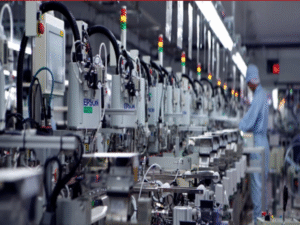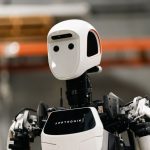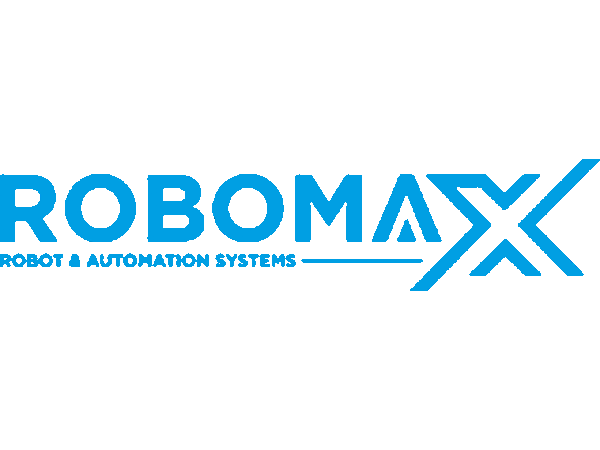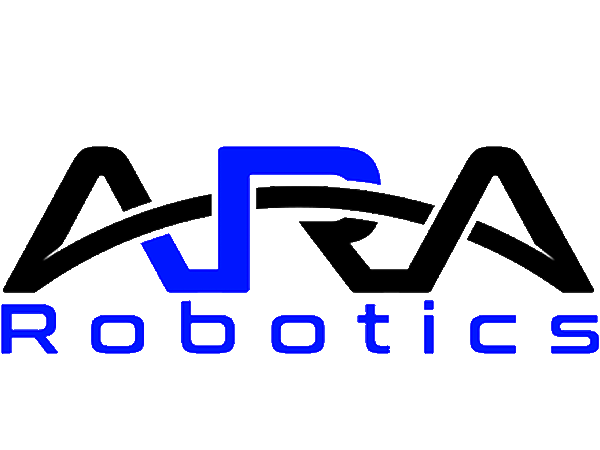
Incorporating electrical and mechanical engineering, software and hardware design, and drawing on insights gleaned from fields as diverse as biology, ethics, and psychology, robotics is a truly multidisciplinary domain.
Mathematics and physics are central, and intertwined, of course. And both are used to produce automation that doesn’t cause collisions.
In this post, we’ll take a high-level look at the basics of motion control, kinematics, and kinetics. Throughout, we’ll share links to useful resources for learning more about motion control and related concepts, from the A3 Archives and beyond.
What is motion control?
As its name implies, ‘motion control’ refers to the subfield of automation that’s concerned with achieving controlled motion of all the individual parts of an automated system. Controlling the motion of internal motors, gripper tips, gantries and all the other components of today’s complex automation requires an understanding of key physics concepts such as force, motion, and torque and the ability to apply complex control algorithms to real-world hardware.
Deployed successfully, motion control ensures that each part of the system is where it should at any given time, which ensures overall reliability and repeatability.
‘Motion control’ is sometimes used in the strict sense of controlling the motion of motors alone, but in its broadest sense, the term encompasses all the parts of an automated system, such as grippers and gantries. In this wider sense, motion control incorporates path planning, kinetics and kinematics.
A typical motion control system consists of three components: a motion controller, an amplifier and one or more motors.
Motion controllers are the brains of the operation, responsible for ensuring the motor performs according to the end-user’s requirements, including motor trajectory. Motion controllers have shrunk in size –and become smarter– over recent years, enabling manufacturers to incorporate motion control intelligence in their designs in innovative and increasingly useful ways.
Yaskawa America’s e-Learning series on YouTube includes this useful overview of motion control basics:
https://www.youtube.com/watch?v=-ZWUSbMKAfg
Kinematics
In physics, kinematics is a subfield that describes the motion of points, bodies, and systems of bodies relative to each other through geometry.
Within robotics, kinematics refers to the geometry of a robot’s motion and incorporates kinematic equations that allow the position of different points within an automation system to be calculated. Crucially, kinematics does not take into account the forces that cause motion, it just considers whether the motion is possible.
Forward kinematics involves computing the position of an end-effector from the specified values for the joint parameters. Inverse kinematics computes the associated joint angles based on the end-effector location.
Stanford University’s ‘Introduction to Robotics’ video series includes this useful lecture on kinematics concepts:
https://www.youtube.com/watch?v=QKyDrUonp98
Kinetics
In physics, kinetics refers to the study of the forces acting on bodies or particles that are responsible for causing their motion. In robotics, this involves calculating and evaluating the torques and forces, including electrical current, present in the system. Newton-Euler and Lagrange equations are used here to provide a dynamic model of an automation system or to determine the forces and moments acting on the rigid links of a robotic manipulator.
And Beyond:
The Center for Robotics and Biosystems at Northwestern University in the U.S.A. has produced a series of videos as a supplement to “Modern Robotics: Mechanics, Planning, and Control” (Lynch and Park, Cambridge University Press, 2017), all of which are available on YouTube, including:
Queensland University Professor Michael Milford’s guide to Forward and Inverse Kinematics:
https://www.youtube.com/watch?v=VjsuBT4Npvk
Kinematics and Kinetics of Robots – A Short Survey, ScienceDirect
CTO Robotics
CTO Robotics is a global media and consulting company dedicated to robotics, automation, artificial intelligence, and emerging technologies. We create high-impact content that reaches engineers, decision-makers, and innovators worldwide. Through articles, videos, social media campaigns, and community-driven storytelling, we help companies showcase their technologies, strengthen their brand, and connect with the right audience. Much like Interesting Engineering or Wevolver, our mission is to bridge the gap between technology providers and industry professionals — turning innovation into visibility, and visibility into growth. 👉 Whether you are launching a new product, building your brand, or looking for global recognition, CTO Robotics is your media partner for exposure, credibility, and business opportunities.
All stories by: CTO Robotics














0 Comments